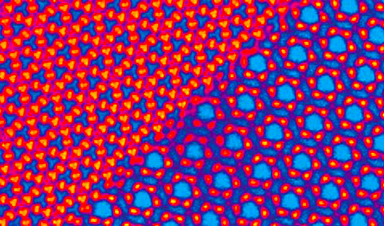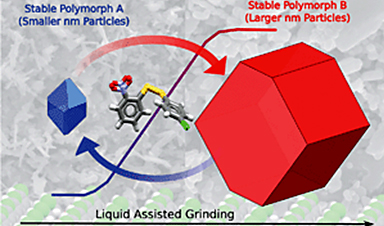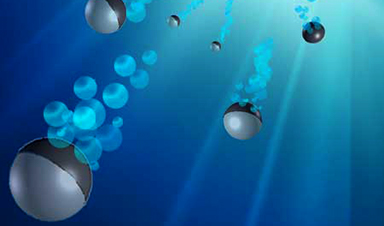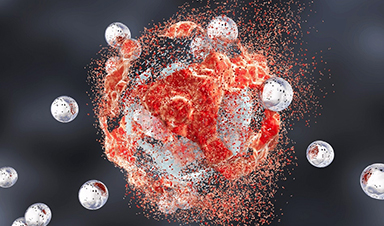New, carbon-nanotube tool for ultra-sensitive virus detection and identification
From an article at phys.org: A new tool that uses a forest-like array of vertically-aligned carbon nanotubes that can be finely tuned to selectively trap viruses by their size can increase the detection threshold for viruses and speed the process of identifying newly-emerging viruses. The research, by an interdisciplinary team of scientists at Penn State, [...]









